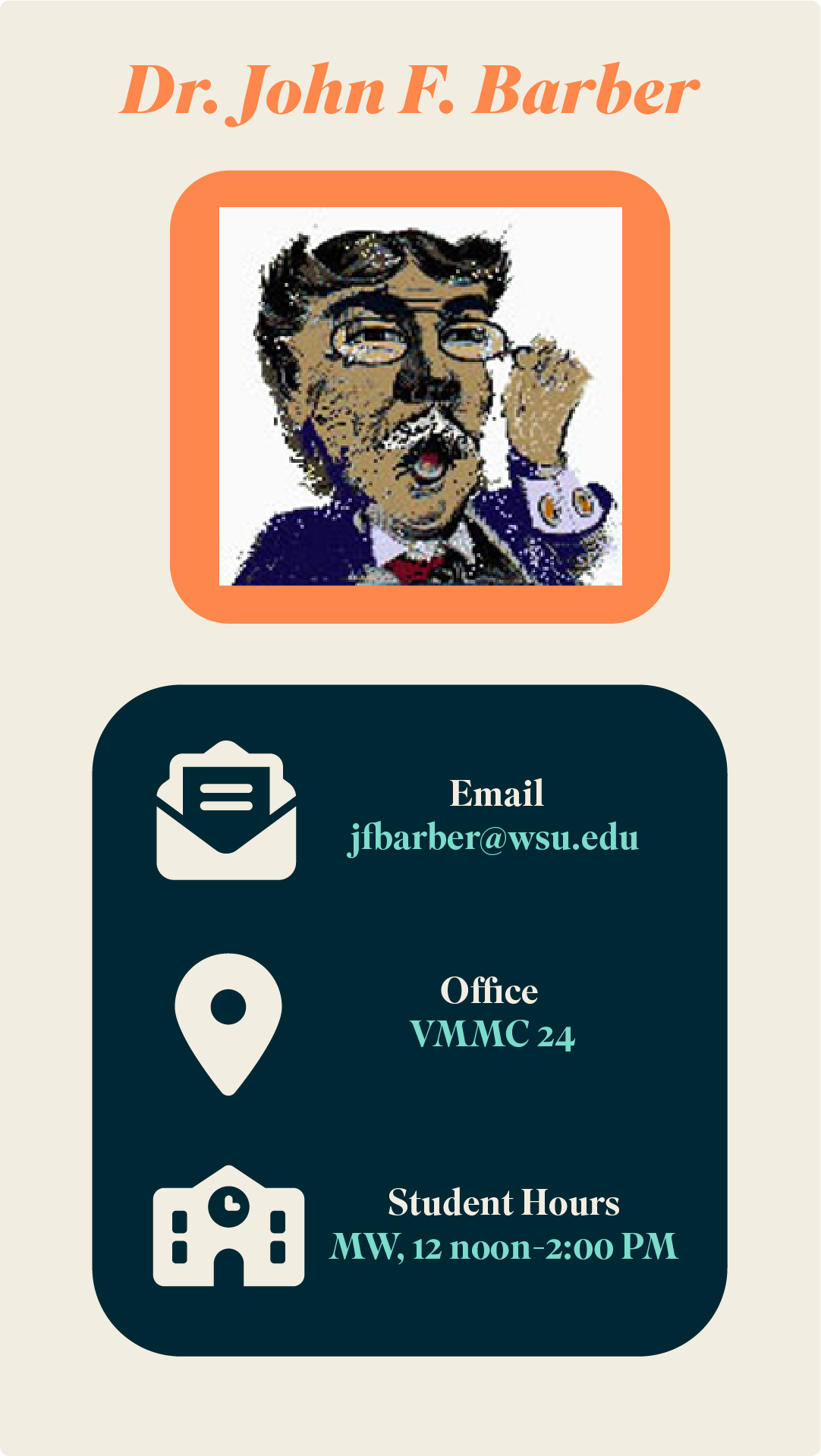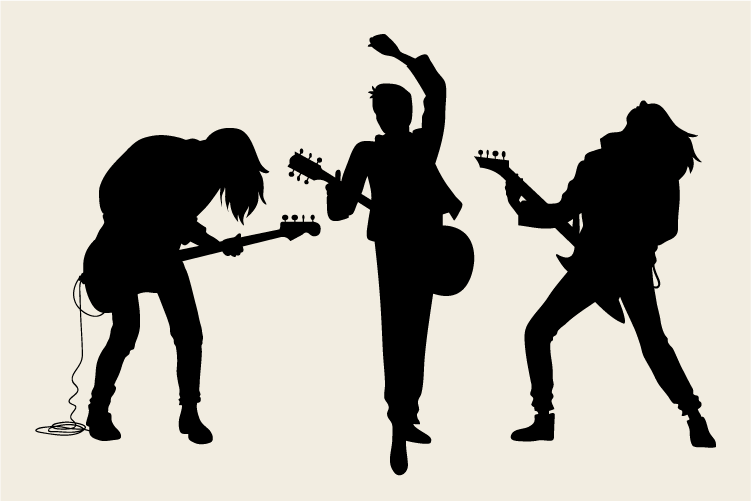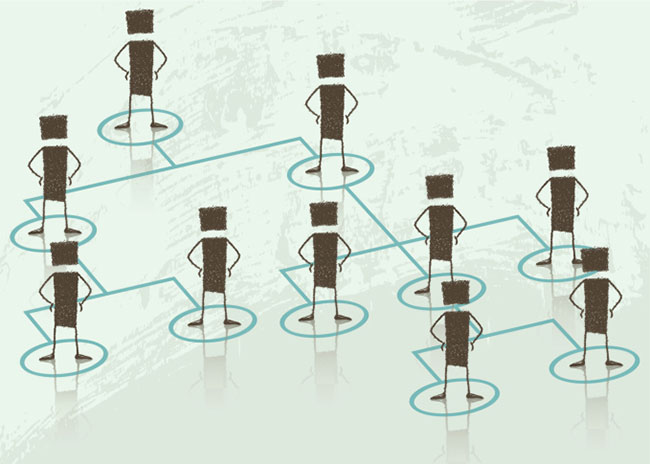

Project #1: Syllabus Engagement

This project requires students to engage with the course syllabus and demonstrate their understanding of course requirements through a minimum 250-word essay, addressing various aspects such as grading components, attendance, participation, and project requirements, while also incorporating an image to illustrate their response. Assessment criteria include effort, adherence to guidelines, depth of thinking, originality, and effective communication, with points deducted for errors or failure to address all components.
Project #2: Motel of the Mysteries

This collaborative project involves two classmates working together to create an information structure based on the concept explored in David Macaulay's "Motel of the Mysteries." Each student takes on the roles of "Information Creator" and "Information User," writing descriptions of mysterious objects without revealing their identities, then combining their writings to form a cohesive project response, including an introduction, body, conclusion, and a "So What?" section. Assessment criteria include adherence to guidelines, depth of thinking, originality, and effective communication, with points deducted for errors or failure to follow instructions.
Project #3: Canadian Metal Bands

This project tasks individuals with exploring different information structures and search strategies to determine the number of metal bands native to Canada, ultimately creating an infographic and supporting text to illustrate their findings, emphasizing the importance of effective information retrieval and visualization in simplifying complex data for users. Through this process, participants gain insight into the strengths and weaknesses of various information resources, enhancing their ability to control chaos and present complex information in a clear and accessible manner.
Project #4: 20 Questions

This project challenges individuals to analyze and refine their search strategies akin to the game "20 Questions," emphasizing the importance of asking effective questions to efficiently find information online. Participants must reflect on their approach to using search engines, identify strategies for optimizing searches, and articulate how these techniques can be applied to organize information for accessibility and clarity.
Project #5: Information Structures as Cultural Artifacts

This project prompts participants to explore cultural practices as information structures, inspired by Horace Miner's "Body Ritual of the Nacirema," and encourages creative responses by describing a body ritual not covered in Miner's essay. Participants must select a Nacirema body ritual, describe it precisely, propose hypotheses about its origin or cultural significance, formulate questions as if they were cultural anthropologists, and support their arguments with scholarly resources, all while adhering to MLA citation style and structuring their response effectively with sections like Summary, Introduction, Body, Conclusion, and So What?.
Project #6: Information Structure Organization

This collaborative project challenges assigned groups to conceptualize, design, and prototype the top-level pages of a website serving as an information structure for the course "DTC 356 Information Structures." Participants must create artifacts including a conceptual design, design guide, and high-quality prototypes, addressing questions about the purpose, target audience, information organization, interface features, and more, while demonstrating their ability to apply course learnings to improve information accessibility and user experience. The project culminates in a well-written essay structured with sections like Summary, Introduction, Body, Conclusion, and So What?, assessing each group member's contribution and adherence to project guidelines.